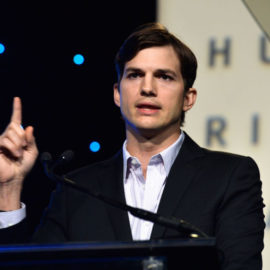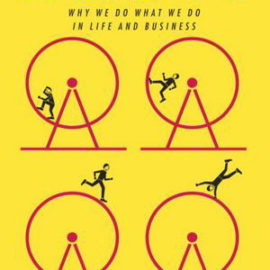Want to learn the ideas in Quiet: The Power of Introverts better than ever? Read the world’s #1 book summary of Quiet: The Power of Introverts by Susan Cain here.
Read a brief 1-Page Summary or watch video summaries curated by our expert team. Note: this book guide is not affiliated with or endorsed by the publisher or author, and we always encourage you to purchase and read the full book.
Video Summaries of Quiet: The Power of Introverts
We’ve scoured the Internet for the very best videos on Quiet: The Power of Introverts, from high-quality videos summaries to interviews or commentary by Susan Cain.
1-Page Summary of Quiet: The Power of Introverts
Overview
Susan Cain begins her book with the story of Rosa Parks. She was a quiet woman who changed the world by being outspoken. Yet, she is an introvert. The author uses this to show how introverts can be strong and influential in today’s society despite what many people believe about them. However, American culture has been plagued for years by a belief that extroverts are more successful because they’re good at selling themselves and talking to others. This idea came about around the beginning of the 20th century when America shifted from rural areas to cities with lots of movement and activity where it was necessary to talk fast so you could get ahead in life. An example of this is Dale Carnegie, who used his personality (or ability) to become successful whereas previously character (the way you behave or treat others) mattered most.
Susan Cain, author of Quiet: The Power of Introverts in a World that Can’t Stop Talking, asks whether introverted people are born or made. She travels to Harvard University and speaks with Jerome Kagan about his research on the subject. Kagan has found that some babies are more reactive to external stimuli than others. These babies grow up into adults who tend to be cautious and inward-focused—classic introverts. They have an overactive amygdala —the part of their brain that takes in information and sends it to other parts of the brain–even as adults. Cain cites studies showing how sensitive children react differently depending on whether they have supportive or unsupportive parents during childhood, leading them either toward success or toward suffering.
The author believes that introverts are overlooked in the business world because they tend to think more carefully and listen better. She visited Harvard Business School and Saddleback Church, a large evangelical church in California, to find out how extroverts drown out introverted ideas. In both places, she found that God is portrayed as an extrovert. The banking crisis of 2008 was partially caused by too many people at the table who were risk takers with no caution for their actions.
The author went to Cupertino, California, where the high school is 77% Asian. The Asians there prize academic achievement and quiet people who are scholarly and introverted. However, when these Asians leave their schools or communities that value them for being more introverted than extroverted, they don’t get as far in business as they would have if they had been more assertive like Westerners. There’s even a school near Cupertino for adults that teaches them how to be more assertive so that they can succeed in business better. The author includes several case studies of introverts who were quite forceful by following tenets of compromise and caution from an introvert’s perspective instead of the typical Western viewpoint on those things.
The author concludes by saying that people can change their personality for short periods of time. She says that when someone stretches beyond what they are comfortable with, they will return to their core selves eventually. This is particularly true for introverts who sometimes have to act extroverted in the service of meaningful projects but need time after doing so to restore themselves and return to form. The chapter also covers how extroverts and introverts can communicate better, as well as advice on raising children who are introverted.
Section 0 Summary (Introduction)
The author begins the book by telling us about Rosa Parks. She was a seamstress who refused to give up her seat on a bus and sparked the civil rights movement. Martin Luther King led the protest that followed, but she was seen as quiet in public because of how she acted around authority figures. However, she called her autobiography “Quiet Strength,” showing that she knew this about herself.





